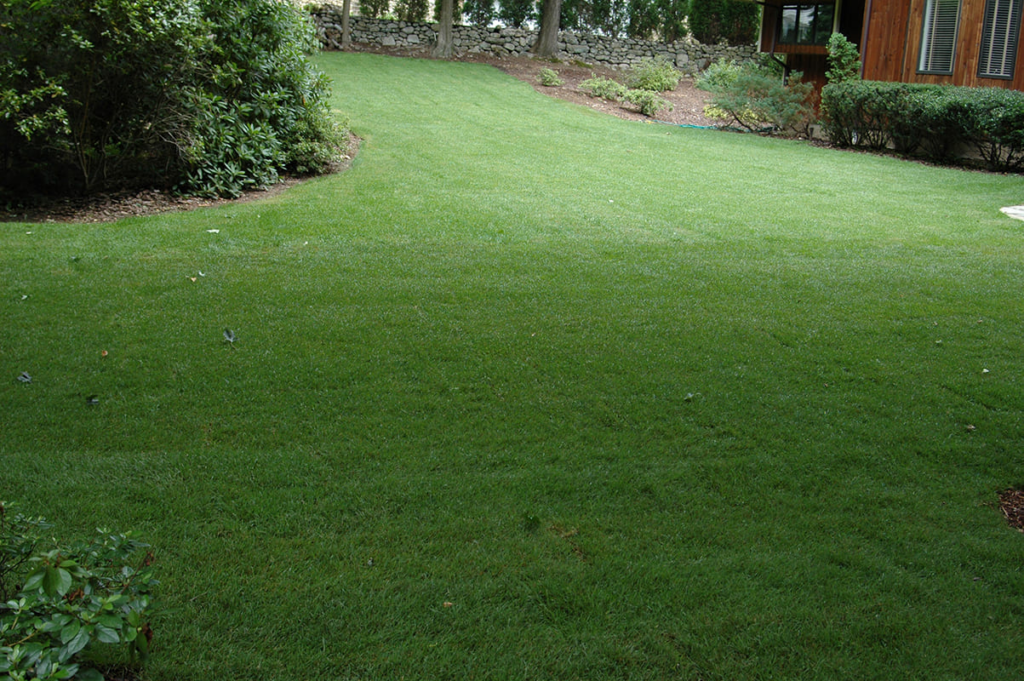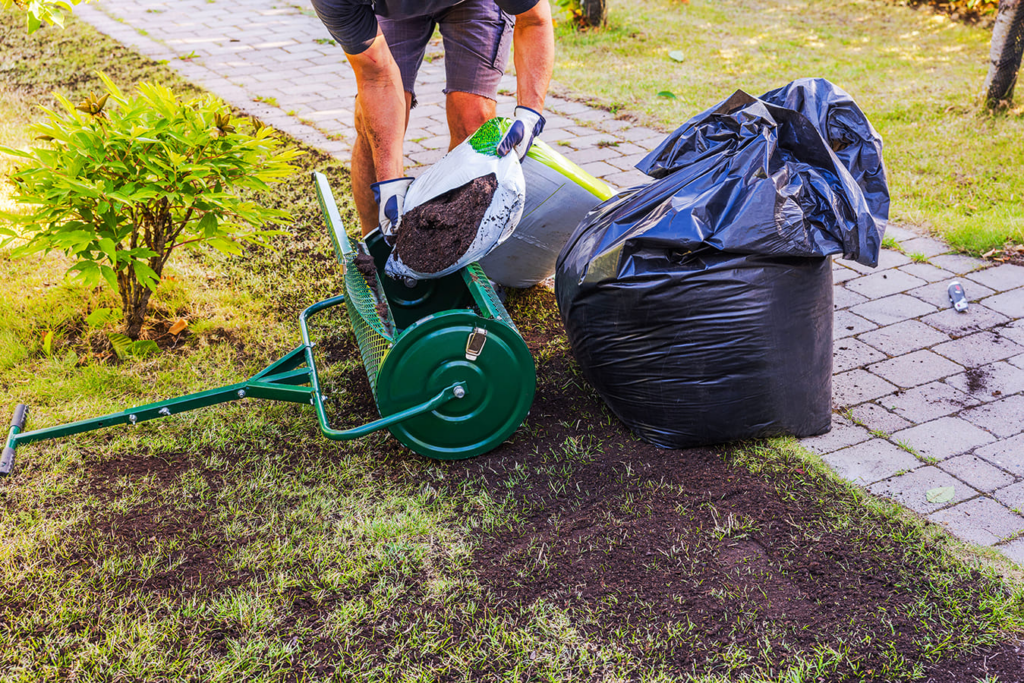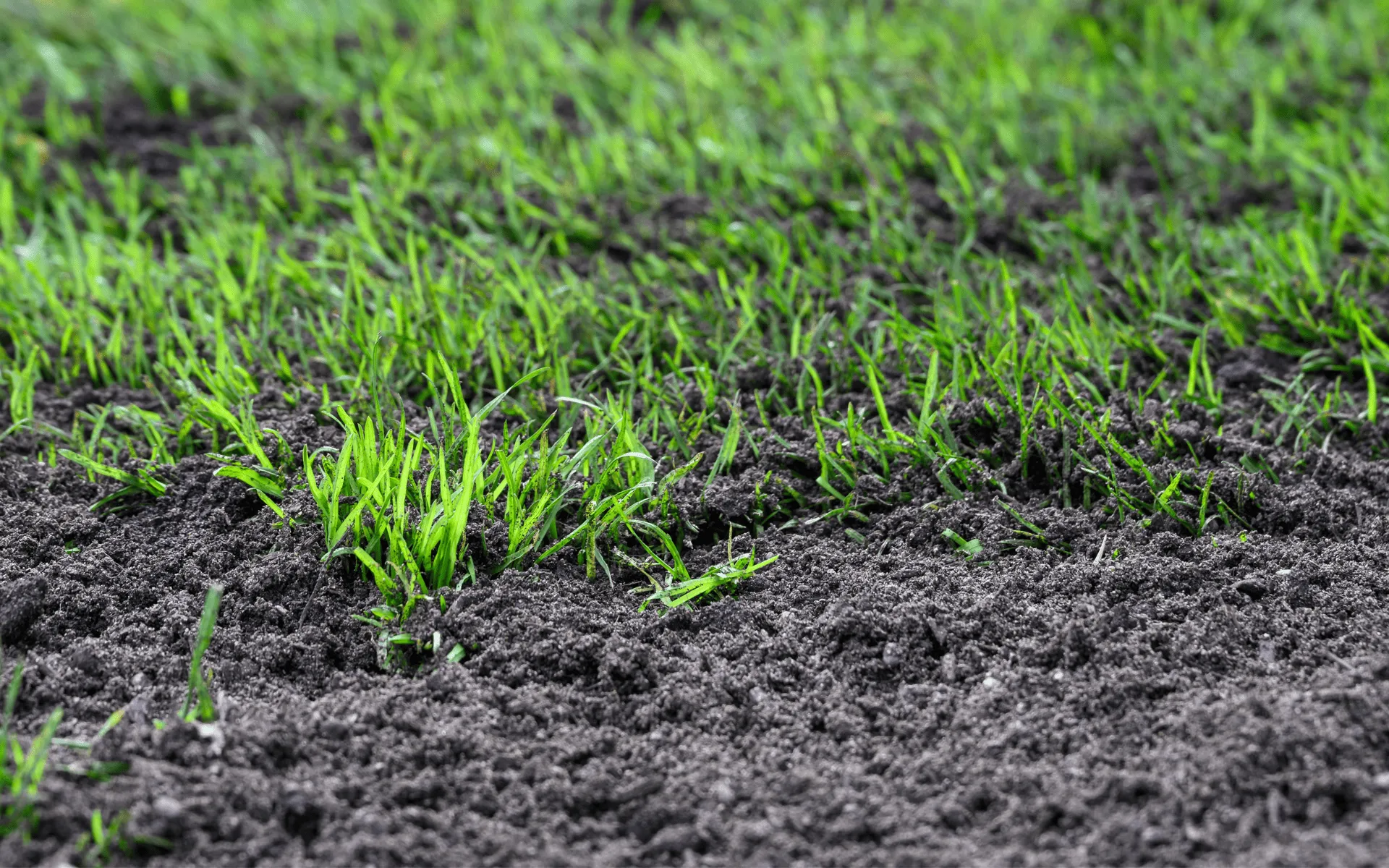Maintaining a healthy lawn can be a bit of a challenge, especially with the variety of issues that can pop up over time. If you’re finding patches of your lawn looking less than perfect, it’s important to identify the issue early and take the right steps to fix it. From bare patches to pests, here’s a breakdown of some common lawn issues to watch out for.
1. Bare Patches and Lawn Thinning
Bare patches on your lawn are one of the most common lawn problems. They can occur for several reasons, including overuse, poor soil conditions, or an imbalance in nutrients. Sometimes, you might even notice thin patches that are starting to spread.
Causes of Bare Patches:
- Heavy foot traffic: Overuse of certain areas, like playing or walking on the same patch frequently, can result in thinning grass and bare spots.
- Poor soil health: If your soil lacks essential nutrients, or if it’s compacted, grass will struggle to grow.
- Drought stress: Extended periods of heat without sufficient watering can cause your lawn to dry out and leave patches behind.
- Pests or disease: In some cases, pests like grubs or fungal infections can cause areas to die off.
2. Weeds Invading Your Lawn

Weeds are a common nuisance for many lawn owners. They can invade your lawn if it’s not maintained properly, robbing your grass of valuable nutrients, water, and sunlight. Common weeds include dandelions, clover, and bindii, all of which can quickly take over if not kept in check.
Causes of Weeds:
- Weak lawn growth: Lawns that are undernourished or stressed are more likely to allow weeds to establish themselves.
- Over-watering: Too much water can create an ideal environment for weed seeds to germinate.
- Poor mowing habits: Cutting your grass too short can weaken it, creating space for weeds to thrive.
3. Lawn Discolouration
If your lawn is turning yellow or brown, it’s a sign that something isn’t right. Discolouration can be caused by a number of factors, including poor watering practices, nutrient deficiencies, or even disease.
Causes of Discolouration:
- Over or under-watering: Both extremes can cause the grass to turn yellow. Too much water can drown the roots, while too little can cause the grass to dry out.
- Nutrient deficiencies: A lack of essential nutrients like nitrogen, iron, or potassium can cause the grass to lose its healthy green colour.
- Diseases: Fungal infections like brown patch disease can lead to brown patches of grass.
4. Compacted Soil
Soil compaction occurs when the soil becomes too hard, making it difficult for grass roots to grow. It often happens in areas with heavy foot traffic or when the soil hasn’t been aerated in a while.
Causes of Soil Compaction:
- Foot traffic: High traffic areas, such as playgrounds or walkways, can cause the soil to compact over time.
- Poor drainage: When water doesn’t drain well, it can lead to the soil becoming compacted, limiting air and water flow to the roots.
- Heavy machinery: Using heavy equipment on the lawn, such as lawnmowers or cars, can also lead to compaction.
5. Pests and Insects

Lawn pests can cause significant damage if not managed effectively. Common pests like grubs, ants, and lawn caterpillars can feast on your grass roots, weakening the lawn and causing brown patches to appear.
Causes of Pests:
- Poor lawn health: Pests tend to invade stressed lawns, as weak grass is easier to damage.
- Inadequate watering: Overwatering can create an ideal environment for pests like mosquitoes and grubs.
- Lack of natural predators: If there aren’t enough natural predators (like birds or beneficial insects), pests can multiply quickly.
6. Lawn Diseases
Fungal infections and other diseases are a common cause of lawn deterioration. Conditions like rust, mould, and mildew can appear on your grass, leading to unsightly patches and damage if not addressed quickly.
Causes of Lawn Diseases:
- Excessive moisture: Over-watering or poor drainage can create a perfect environment for fungi to thrive.
- High humidity: Warm, humid weather can promote fungal growth, especially if your lawn isn’t getting enough sunlight.
- Poor air circulation: Lack of airflow around your lawn, particularly in shady areas, can lead to fungal problems.
Conclusion
Maintaining a lush, healthy lawn requires regular care and attention. By watching out for common issues like bare patches, weeds, discolouration, and pests, you can take proactive steps to address these problems early and keep your lawn looking its best. Regular maintenance, proper watering, and timely treatments are the keys to avoiding long-term issues and enjoying a beautiful lawn all year round.










